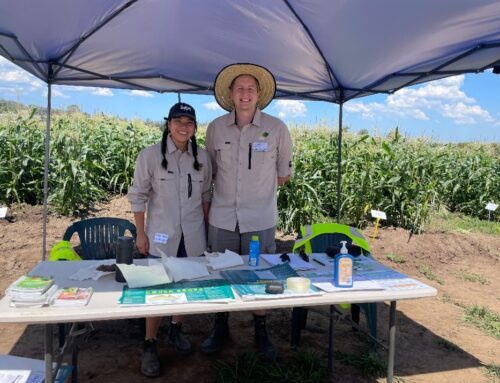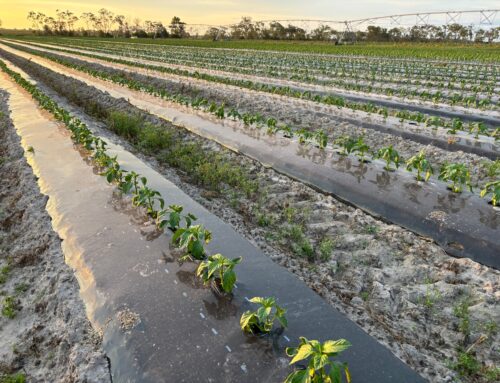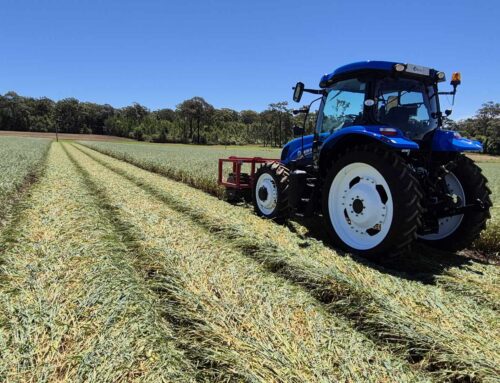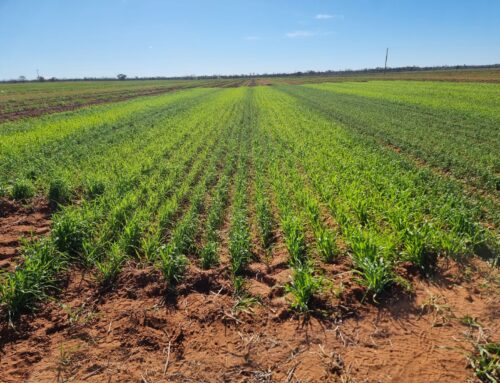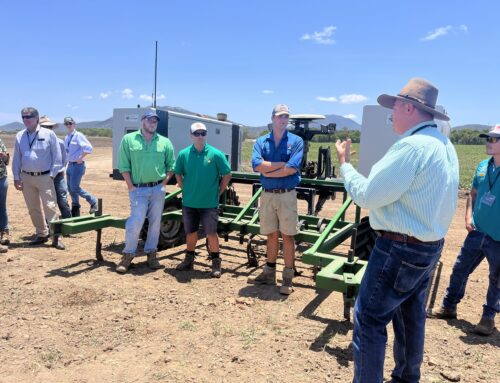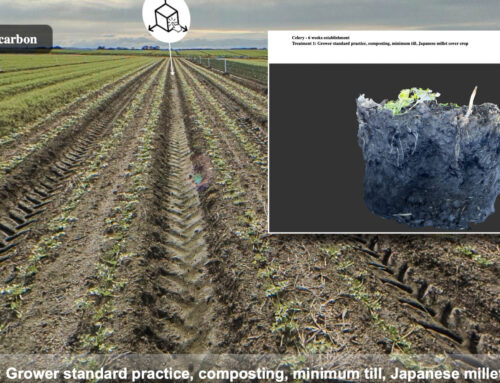Looking to reduce establishment costs, improve your soil and save some time? Then have a look at strip-till this year.
Check out this one on our Sydney Basin, NSW demo site.
Strip-till is being used in a range of vegetable row crops such as sweet corn, beans, broccoli, cabbage, cauliflower, pumpkins, zucchinis and beets.
The main suppliers of strip-till gear in Australia include Orthman, Niffty Ag, SlyFrance and Kuhn Krause. In selecting strip-till look for service and costs, construction and durability, weight, shank reset, strip width, ease of adjustment and fertiliser application options.
The horsepower needed to pull strip till gear is a minimum of 20 hp per row unit. This will vary upward if you have compact soils and/or place the ripping shank deeper (up to 35 hp per row unit). So for a 3 bed system with 6 rows roughly a 120-210 hp tractor would be required.
Your standard sowing or transplant gear can be used without modification, a big advantage of strip-till where tillage is targeted to the zone where your crops are planted. Figure 1 below shows a freshly strip-tilled soil following mulching of the previous brassica crop.
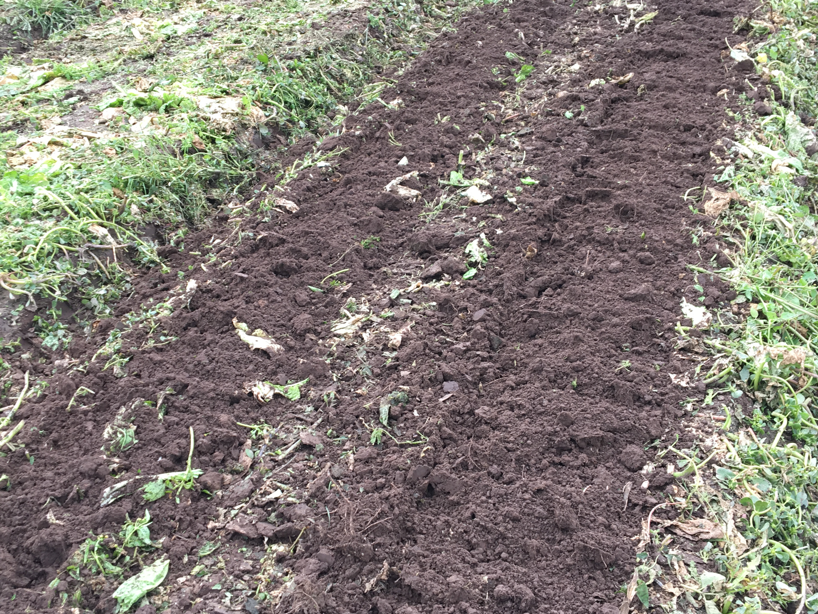
Figure 1: Freshly strip-tilled soil following mulching the previous brassica crop at the Sydney Basin demonstration site
How does it reduce establishment costs and save you time?
- Go from previous crop to ready to plant in a single pass, saving 2-4 passes
- The one pass is fast – ground speed of 8-10 km/hr
- Reduces fuel costs – reduced passes, no PTO load, fast ground speed
- Wider range of soil conditions – able to get on paddock sooner after rain.
How does it improve soil health?
- Only cultivates 40-60% of the soil – leaving soil biology to build and stabilise soil structure. Already we are seeing worms returning at the Sydney Basin demo site
- “Softer” tillage in the strips – enough tillage to get good crop establishment without beating the soil
- Keeps soil in the paddock – reduces erosion during heavy rainfall and sand blast in wind
- Makes cover crops management easier
- Slow release of organic nutrients inter-row – less leaching and acidification
- Inter-row ground cover holds soil moisture – more even seasonal moisture.

Figure 2: Corn strip-tilled into brassicas with crop residues mulched at the Sydney Basin demonstration site
What challenges are there?
- Cost – each row unit is around $7,000
- Fertiliser placement is important – need to band fertiliser in strip to get best result
- Managing crop and cover crop residues – need to get the sweet spot of the amount of residues that can be effectively managed
- Understand the gear – set-up should be adjusted to your soils and residue level for best results. This is typically not hard.
What growers are saying after using strip-till
“Faster turnaround between crops.”
“Soil seems to hold up better after heavy rain.”
“Should have done this a long time ago.”
“Logistically strip-till is way better than conventional cultivation.”
“Don’t have to beat soil dead to get the next crop in.”
Interested in try strip-till on your farm?
Contact us and we will arrange a demo unit.


